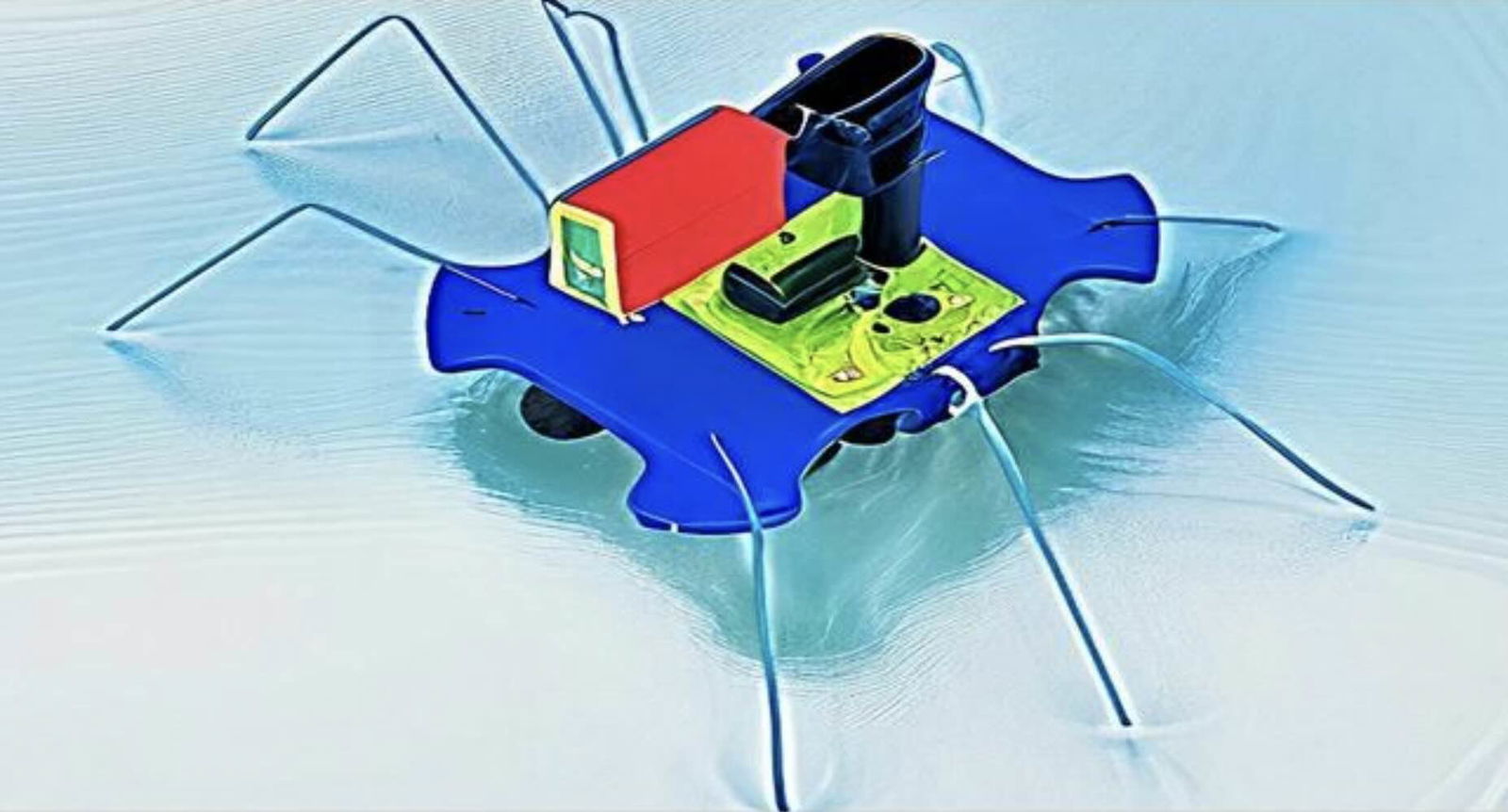A new robot bug that can live in the ocean for 100 years and feed off of bacteria has made its debut as DARPA’s latest surveillance tool.
With a vast amount of area to cover, the US government is funding research for new oceanic spy technology. Now, a Binghamton University team has developed what may become one of the most simple and effective tools in its arsenal.
Now, a new DARPA initiative is playing off of the idea of “the Internet of Things,” the term used for the many non-computer devices connected to the Internet in some way, from refrigerators to fish tanks, and seeking to develop an “Ocean of Things.” With many futurists’ eyes on space conflict and satellite warfare, it’s easy to forget that 71% of the Earth’s surface is water, and naval conflict is still an element in geopolitics.
From the South China Sea to the Strait of Hormuz, tensions have been flaring on global waterways in recent years, and DARPA aims to stay ahead of it.
These Spy Bugs Aren’t Just On Your Phone Line
Binghamton University Professor Seokheun “Sean” Choi has received Office of Naval Research funding for a decade to advance his work in bacteria-powered batteries. His latest results have come from leading a team also comprised of Anwar Elhadad, PhD, and PhD student Yang “Lexi” Gao. In their recent research, they have used such a battery within a tiny, insect-like robot.
Insects have inspired robotics work in the past. Earlier this year, The Debrief reported on similar advancements made by a team at Washington State University, and now, new research at Binghamton University seeks to zero in on a type of bug known as a water strider for the basis of its latest technology. This one doesn’t just take the form factor of a living creature, though; it essentially eats organic matter like one, too, although it is bio-battery.
In separate findings published earlier this summer in the nanotechnology journal Small, Prof. Choi’s batteries were shown to have a lifespan of around 100 years.
Water striders are a ubiquitous family of insects, common in any body of water as small as a puddle. The minuscule robot is buoyant and pushed along the surface by its spider-like legs, which contain a hydrophobic coating to increase its stability. While copying the locomotion of water striders has been largely overcome, energy autonomy has remained a major challenge in deploying the devices as nodes in an Ocean of Things.
Bacteria as the Bio-Fuel of Tomorrow
The new work relies on a “Janus interface,” a hydrophilic surface on one side while being hydrophobic on the other. This allows water to trap the nutrients required for bacteria growth, solving a long-standing issue with replenishing nutrients in bacteria-based batteries. As an added bonus, it keeps the bug from taking on too much water, thereby maintaining its buoyancy.
While other technologies, such as solar and wind, depend on favorable conditions, bacteria simply go back to spores in difficult times, such as cold and lack of nutrients. When the bacteria vegetates, it produces energy that the bio-battery can capture.
The battery can produce almost a milliwatt of power. While this doesn’t sound like a great deal of energy, it’s plenty to support the functions of the tiny robotic bug it is designed for. With just this relatively small amount of power, it can move mechanically and utilize its sensors. These sensors can be aimed at collecting benign atmospheric data, such as information about the aquatic environment and the movement of creatures within it, or they can be used in spycraft to track ocean vessels and larger fleet movements.
Bringing Robot Eyes and Ears To the Ocean
For the time being, Prof. Choi’s research is still lab-bound. In the future, he aims to fully explore the many wrinkles in deploying these bio-batteries in the ocean. One issue is that the bacteria used in the research so far, Bacillus subtilis, is known to be quite common, but further research is needed on real-world oceans to develop a complete profile of what is actually growing in them. Investigations of the natural oceanic bacteria biome may help demonstrate the battery’s overall effectiveness.
Earlier research conducted by Choi has demonstrated that a combination of various bacteria strains can make power generation stronger and more resilient. Going forward, he hopes that hardy bacteria currently residing in Earth’s oceans will be able to improve the device’s performance.
Ryan Whalen is a writer based in New York. He has served in the Army National Guard and holds a BA in History and a Master of Library and Information Science with a certificate in Data Science. He is currently finishing an MA in Public History and working with the Harbor Defense Museum at Fort Hamilton, Brooklyn. He can be reached at ryan@thedebrief.org.

